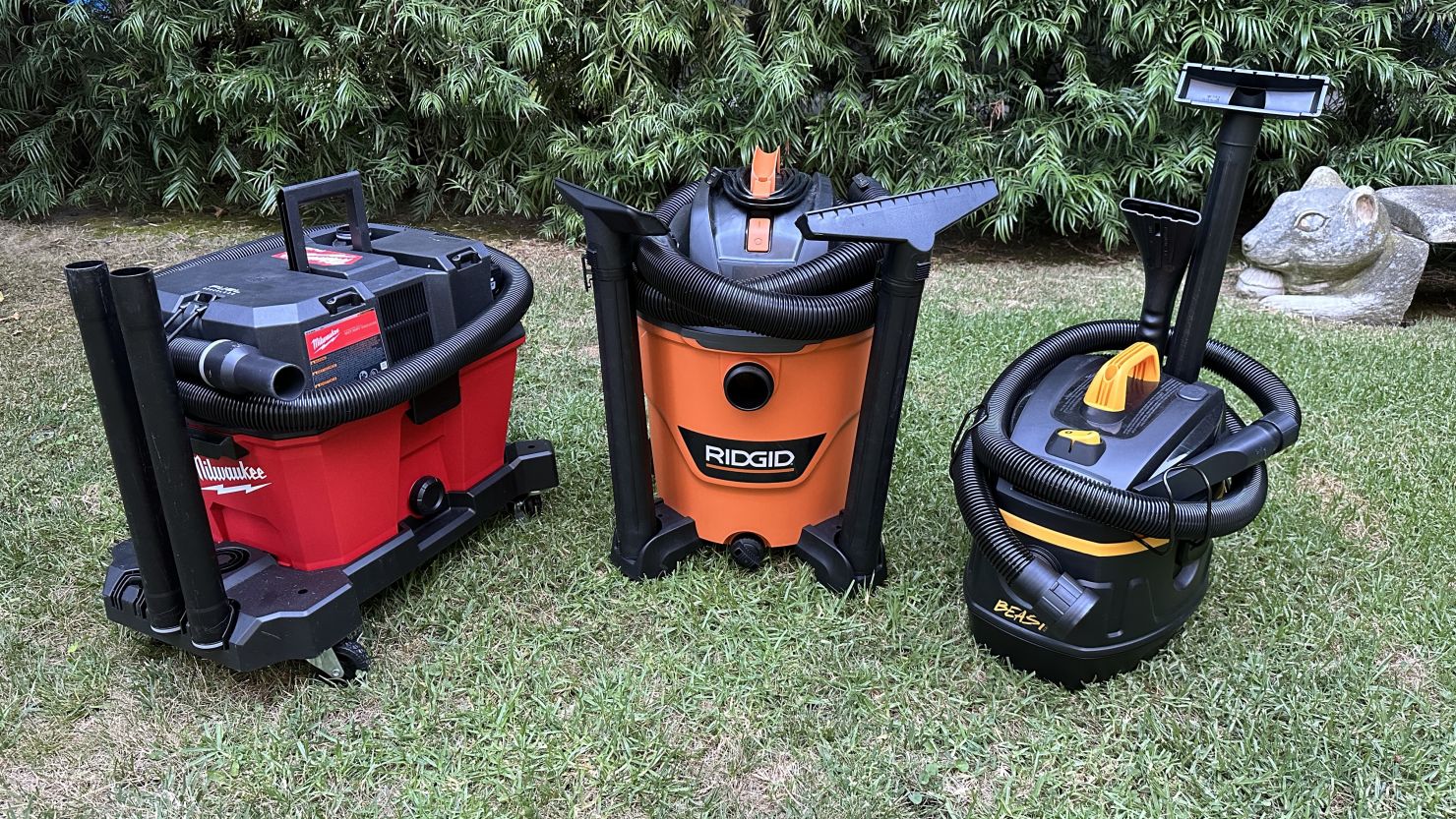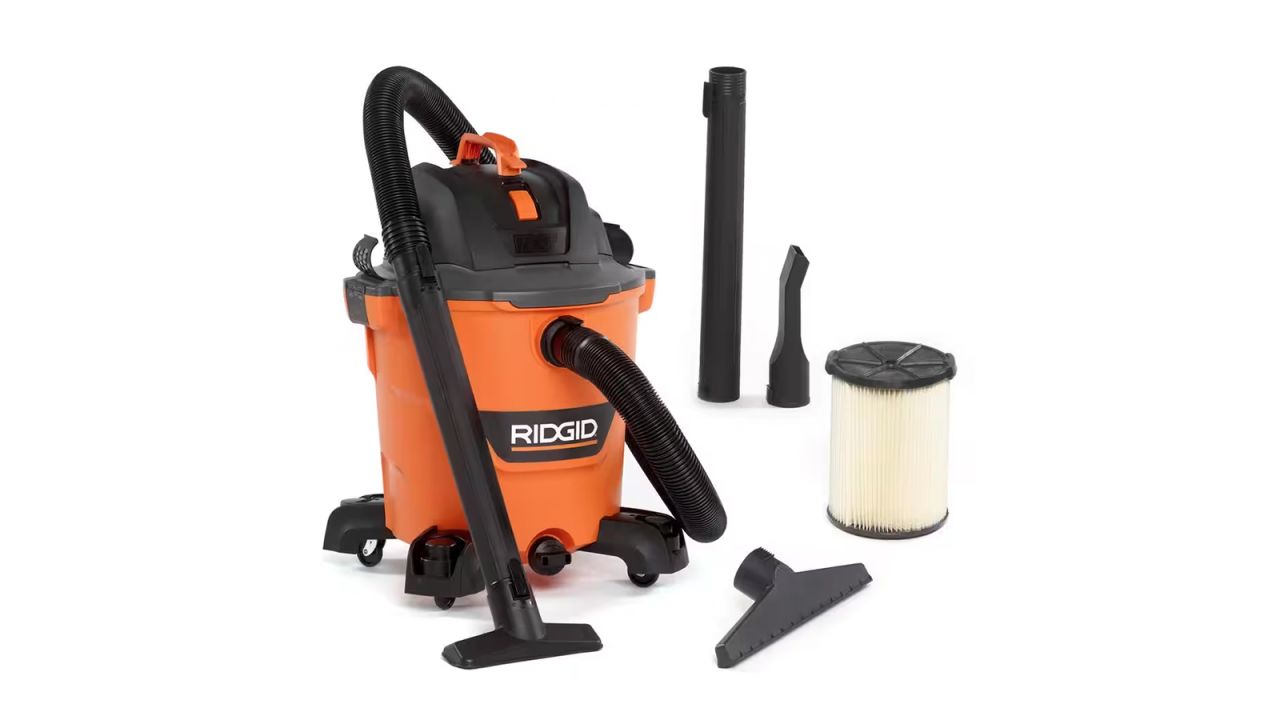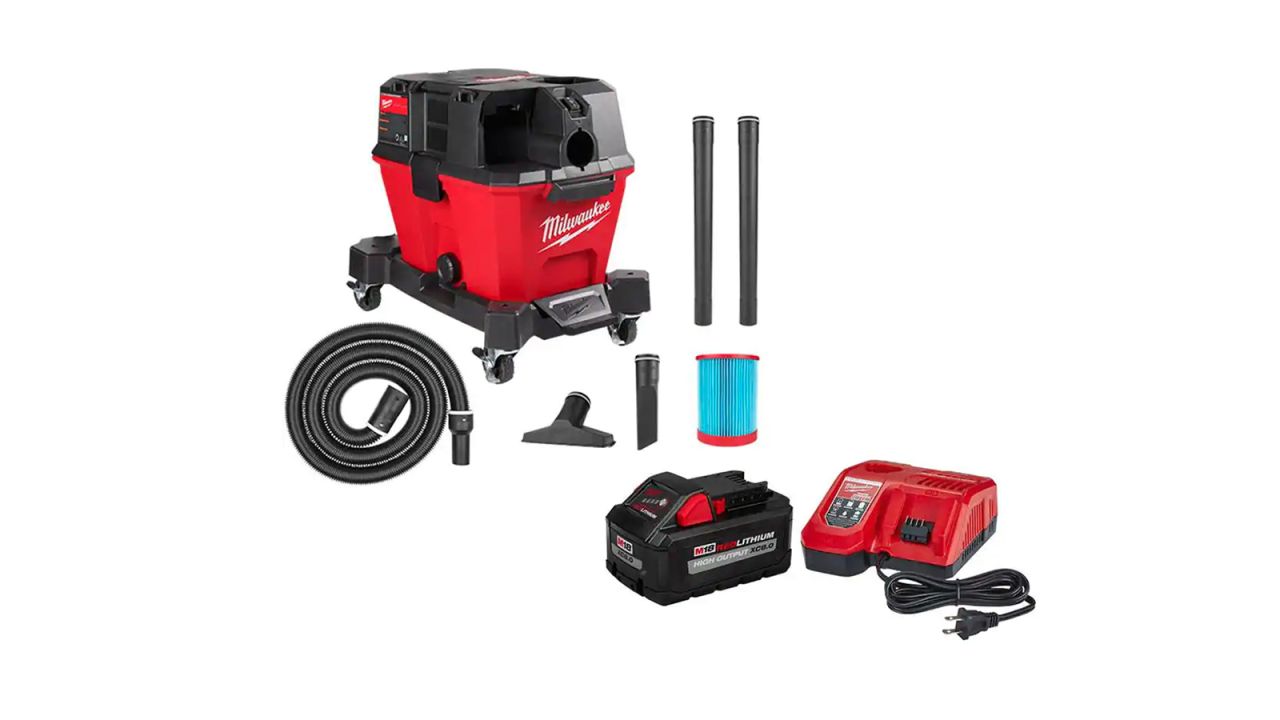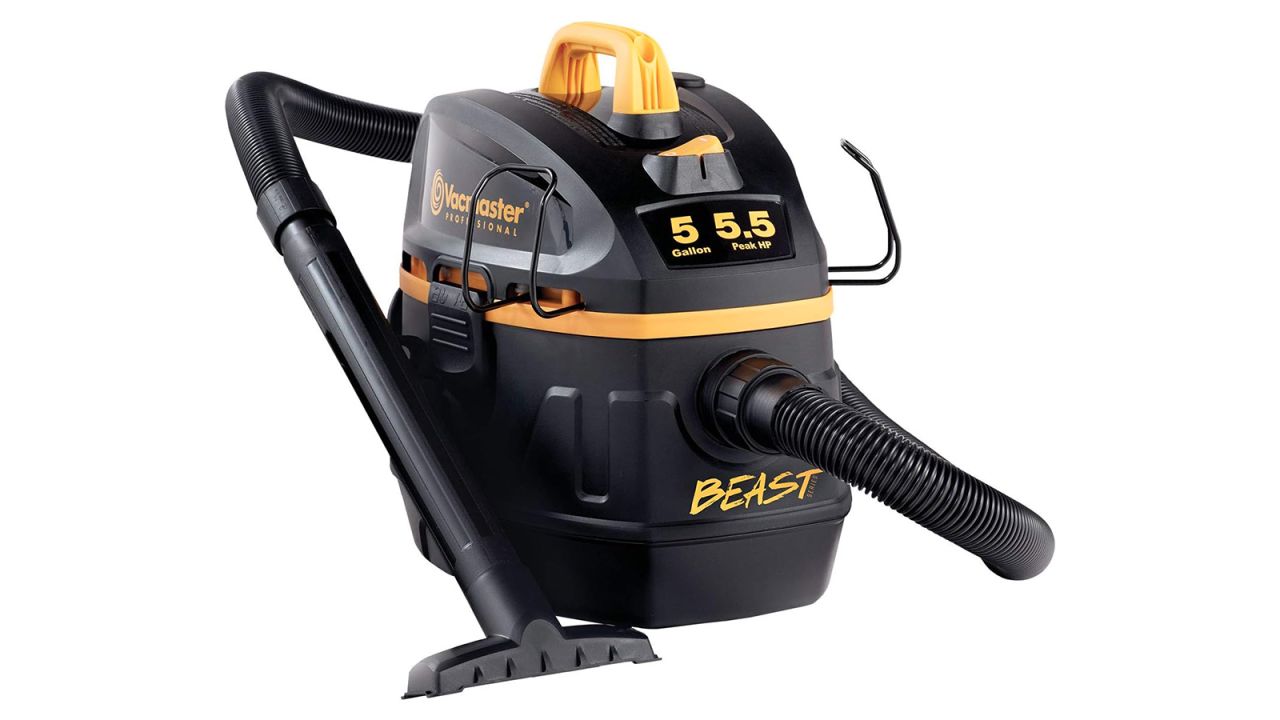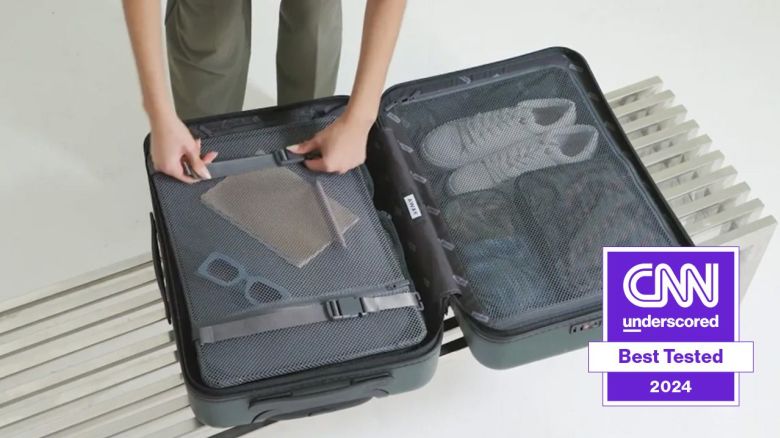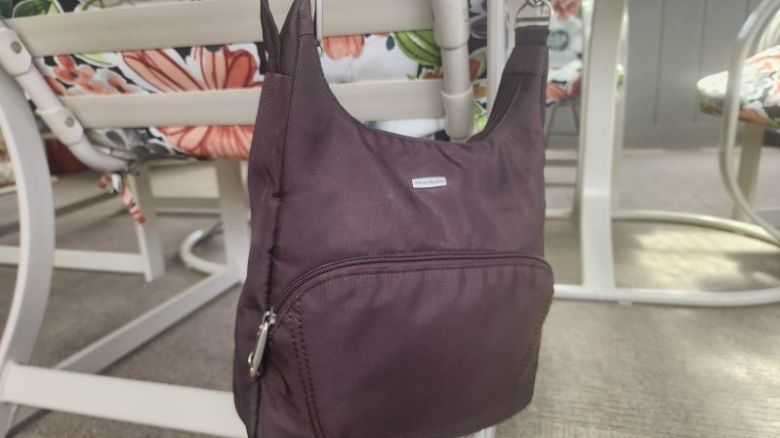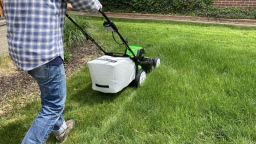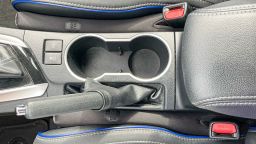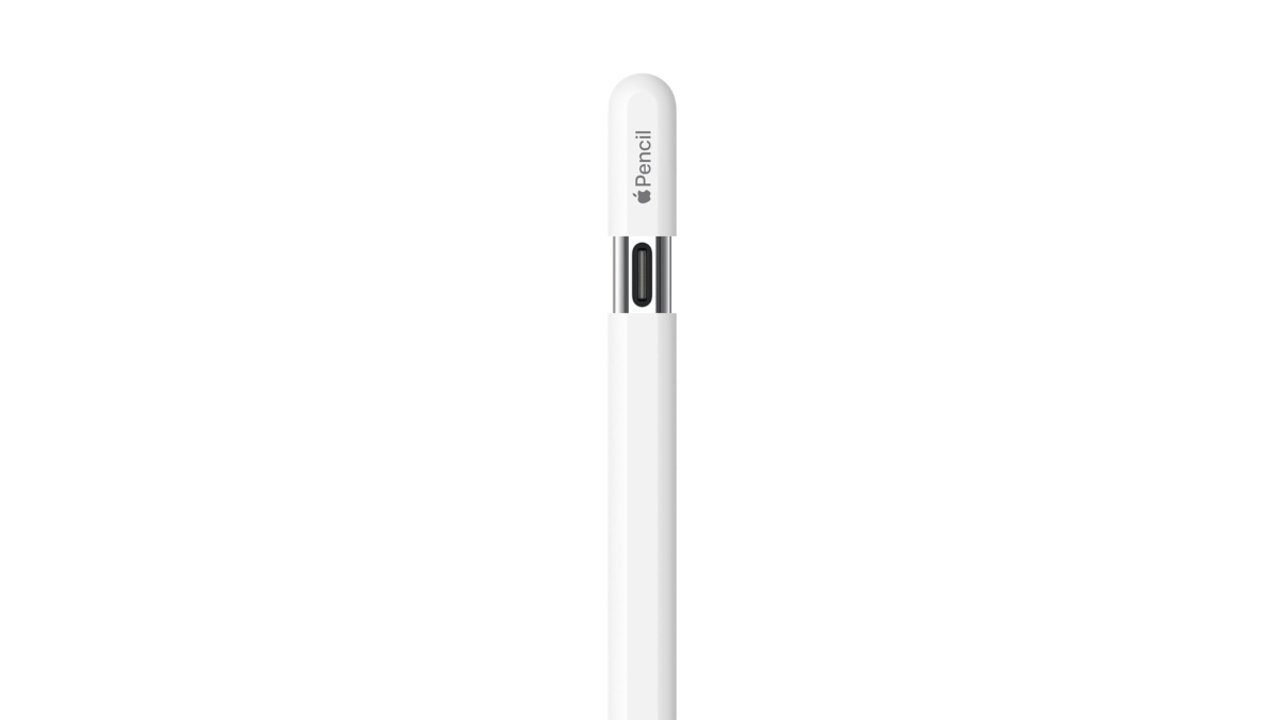The best household vacuums are incredibly capable and can handle most regular cleaning and minor dry spills, but when it comes to serious messes, you’ll want to turn to a shop vac. These powerful wet/dry canister vacuums are specifically designed to handle heavy-duty material like screws, nails, sawdust, and — importantly — liquids. These tough machines are designed for the job site, but they’re right at home sucking up debris and water during household emergencies, from a leaky appliance, storm or just a poorly sealed basement, and their robust hoses and canisters eagerly gobble up renovation and DIY messes that would clog or damage a typical vacuum.
To find the best models for your needs, whether you want a tough, high-capacity model or something easier to handle, we put 14 of the top shop vacs on the market to the test, evaluating their suction power, portability, ease of use and versatility.
Ridgid’s popular wet/dry vacuum has the capacity and suction power to handle even the toughest of tasks, and is light enough to haul around easily.
An innovative detachable base and two power modes maximize portability and battery efficiency without sacrificing functionality.
With a variety of useful attachments packed into a compact vacuum, the Vacmaster is user-friendly and doesn’t compromise on suction power.
The best shop vac overall: Ridgid 12-Gallon NXT HD1200
$100 at The Home Depot
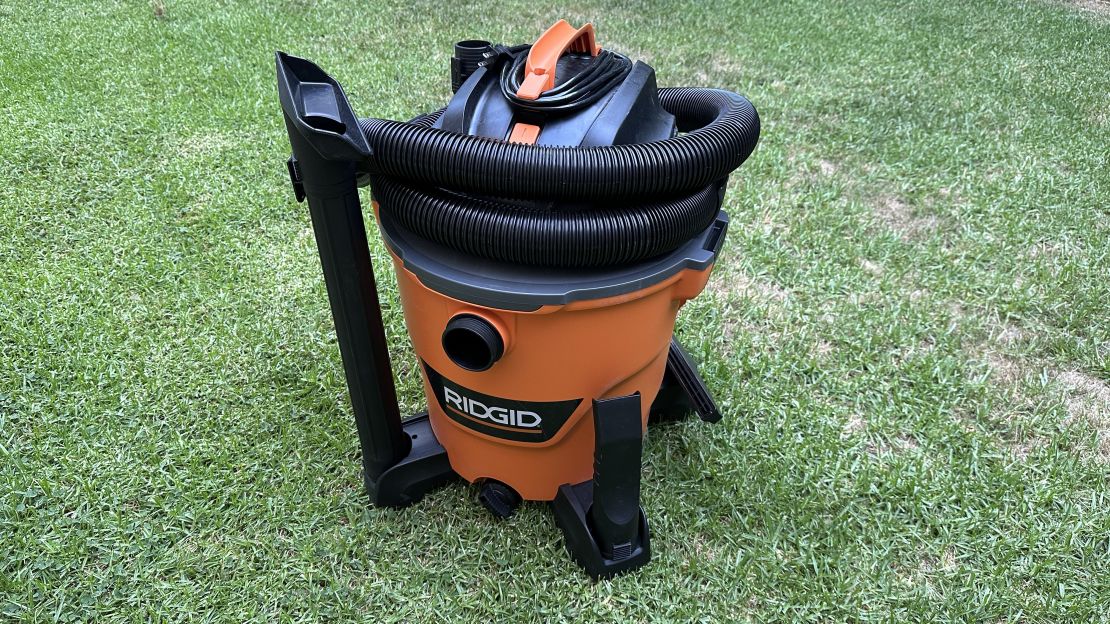
Ridgid has been a major manufacturer of shop vacs for years, and the Ridgid 12-Gallon NXT HD1200 is a great example of why they’re so popular. Combining durable construction, sky-high suction power and a lightweight design, this 12-gallon model hits that sweet spot of being large enough to handle heavy-duty projects but not so bulky that it’s a hassle to maneuver around your home or workspace.
This ideal balance of functionality and mobility is seen most clearly in its overall shape. The 26.6-inch height is tall enough for users to grab the top and side handles without bending down too far, and unlike wider, squatter models, has a relatively small footprint. This vertical profile makes it easier to push and guide around corners and through doorways without banging into walls, and it’s also more convenient to store in closets or garage spaces where a bulkier vacuum wouldn’t fit. I do wish the rolling casters were a little smoother, though, and I found them to be slightly stiffer than the versions on the 14-gallon model.
The powerful 144 CFM suction power of the Ridgid 12-Gallon NXT HD1200 blasted through my liquid and dry cleanup tests. It sucked up 2 gallons of water in just four seconds and took the same amount of time to handle the scattered kitty litter and 3/4-inch-screw mess. None of the other models we tested performed better in these tests, although the beefier Ridgid 14-Gallon NXT Wet/Dry Vac HD1400 did have the same numbers.
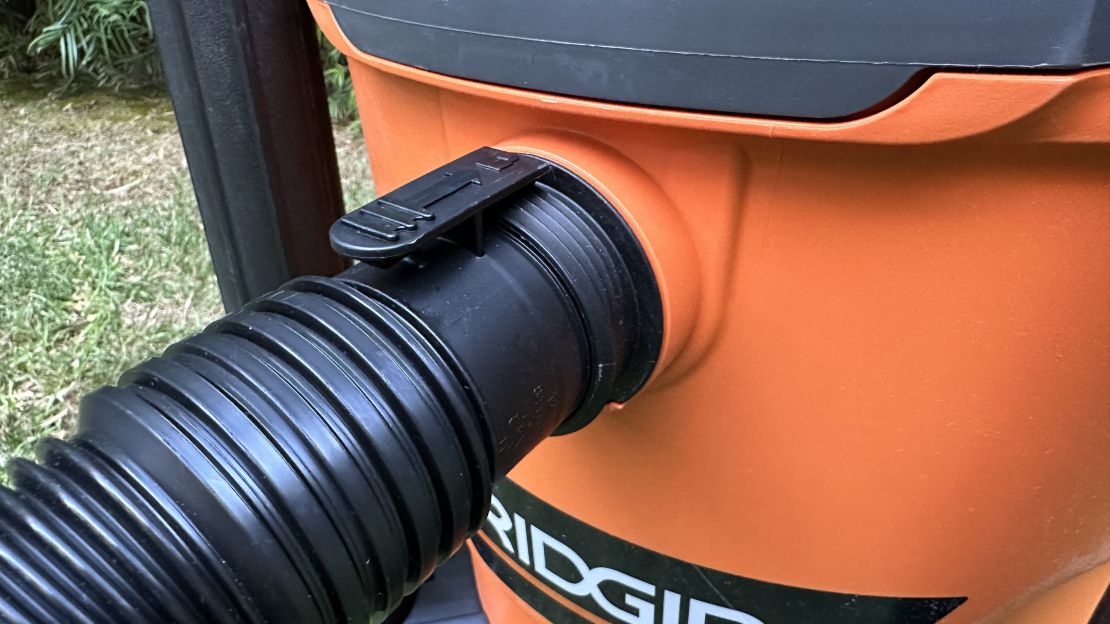
The Ridgid 12-Gallon NXT HD1200 also prioritizes durability, with a thick and chunky plastic bucket, lid, and attachments, making it well suited for use in rugged conditions and job sites. I kicked this unit down the sidewalk and tipped it over “accidentally” several times, which only resulted in a few cosmetic scratches and scuffs.
The 7-foot hose of the Ridgid 12-Gallon NXT HD1200 is also nice and flexible without feeling thin or fragile, unlike stiffer versions I tested that were both frustrating to use and to wrap up for storage. I also appreciated the quality of the hose attachments, particularly the wide, 14-inch nozzle head that features a flexible rubber squeegee. An 8.5-inch utility nozzle and angled crevice tool round out the collection, along with two 19-inch extension wands. Latches on the hose and extension wands grip onto the corresponding ridges of the attachments, so you wont need to worry about them falling off during rigorous use. (I used to be skeptical about the long-term durability of these ridges wearing down, but after using well-worn Ridgid models in the past, I haven’t really seen this to be an issue).
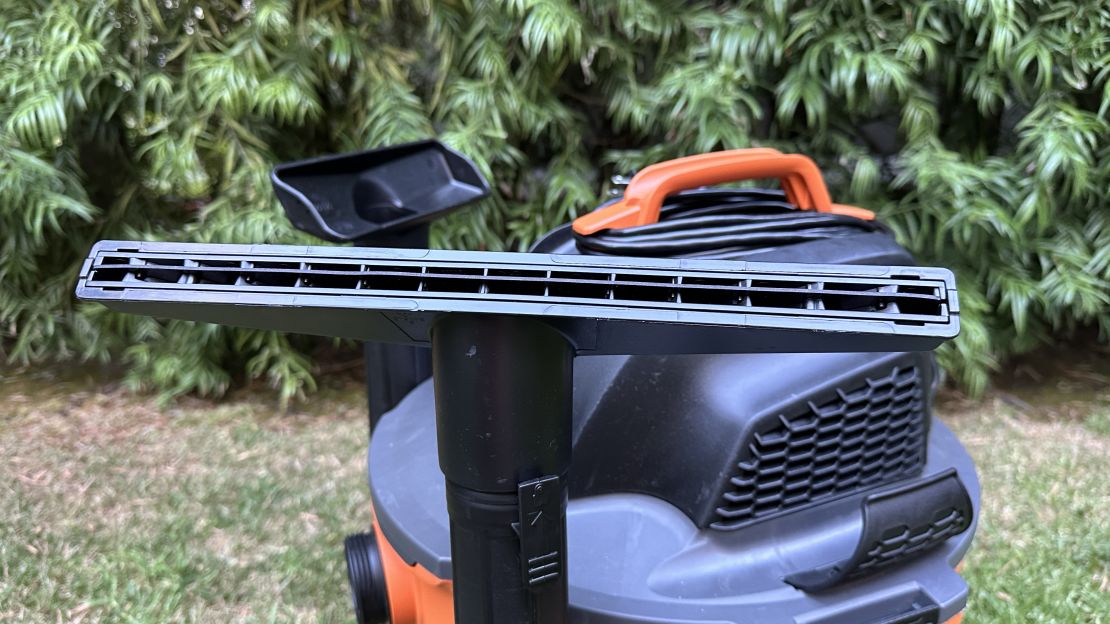
These attachments fit into slots on top of each caster, which isn’t the easiest to access compared to some other vacuums, but for pieces this large, it’s a compromise you kind of have to make. The hose storage clips on the lid do a great job of securing the hose after use, and I never had an issue with the hose coming loose or unwinding.
It’s up to you if the 12-gallon capacity is suited to your specific needs, but in my opinion, the Ridgid 12-Gallon NXT HD1200 is the best shop vac for the average homeowner looking for a durable, powerful and easy-to-use machine. Plus, at about $100, you really can’t beat the price.
The best cordless shop vac: Milwaukee M18 Fuel 6-Gallon Cordless
$498 $459 at The Home Depot
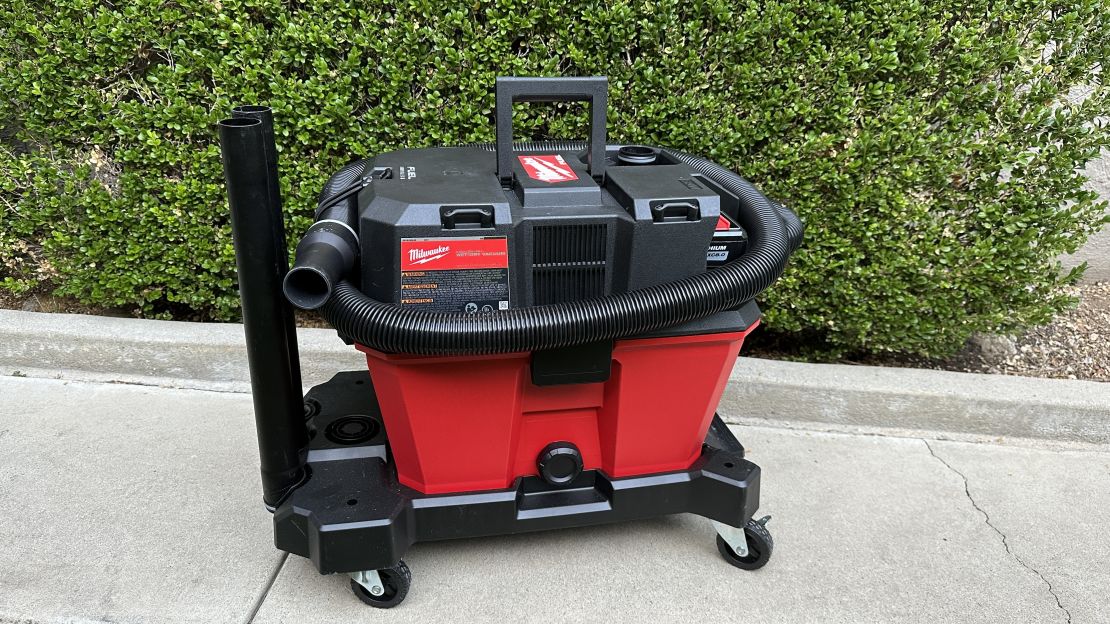
Cordless wet/dry vacuums provide convenient portability, but they still need to have the storage capacity and suction power to handle heavy-duty cleaning tasks, as well as sufficient battery runtime to actually be useful. The Milwaukee M18 Fuel 6-Gallon Cordless does a great job of meeting those requirements, with a 6-gallon tank and 8-amp-hour battery that delivers impressive power and runtime.
In addition to the increased portability you get with a cordless machine, the Milwaukee M18 Fuel 6-Gallon Cordless also features several design elements that make it even more convenient to transport and move around. Instead of using permanent casters, the vacuum itself is attached to a rolling cart, which can be detached with a foot pedal. This allows you to leave the extra weight of the cart behind when carrying the tank to empty it or when accessing areas that might be too narrow or cramped for the cart. This detachable design is especially important considering the 26-pound weight of the unit, which is substantially heavier than corded models I tested (the Ridgid 12-gallon, for example, is 22 pounds and double the capacity). The cart’s swiveling casters were also the best I tested, and it wasn’t even really close. Their hard rubber construction and textured tread provides an extremely smooth, solid ride, and their slightly “tacky” surface just glides across the floor.
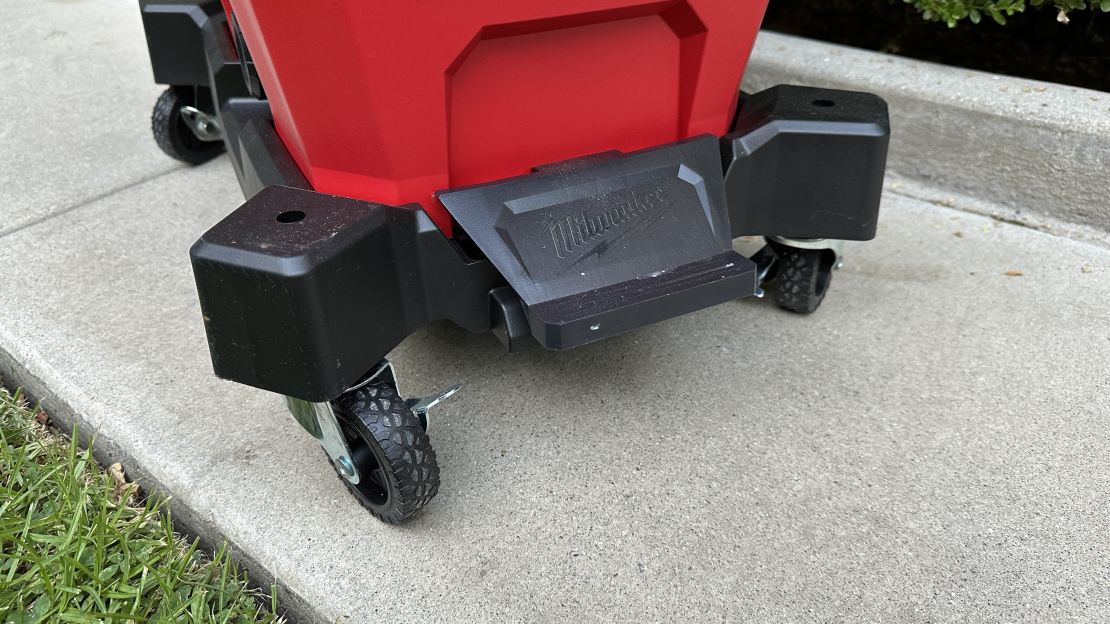
In my suction tests, the Milwaukee M18 Fuel 6-Gallon Cordless fared well compared to similar-sized models, draining 2 gallons of water in just six seconds (just a hair longer than our top pick, the Ridgid 12-Gallon). It didn’t suck up the heavier screws in my dry suction test as effortlessly as some other machines, but it still finished the job in about 12 seconds. At 87 CFM, the Milwaukee M18 Fuel 6-Gallon Cordless may not have the raw power of the larger corded units, but in the interest of conserving runtime, I think that’s a reasonable compromise.
One of my favorite features of the Milwaukee M18 Fuel 6-Gallon Cordless is its two-speed motor. By offering “Max Power” and “Max Runtime” modes, you can choose the level that’s most efficient for your task and avoid wasting extra battery power on light-duty jobs that don’t need it. I clocked its runtime as 20 minutes on “Max Power” before the battery died and 36 minutes on “Max Runtime,” which is fine for the majority of clean ups but probably not practical for all-day use.
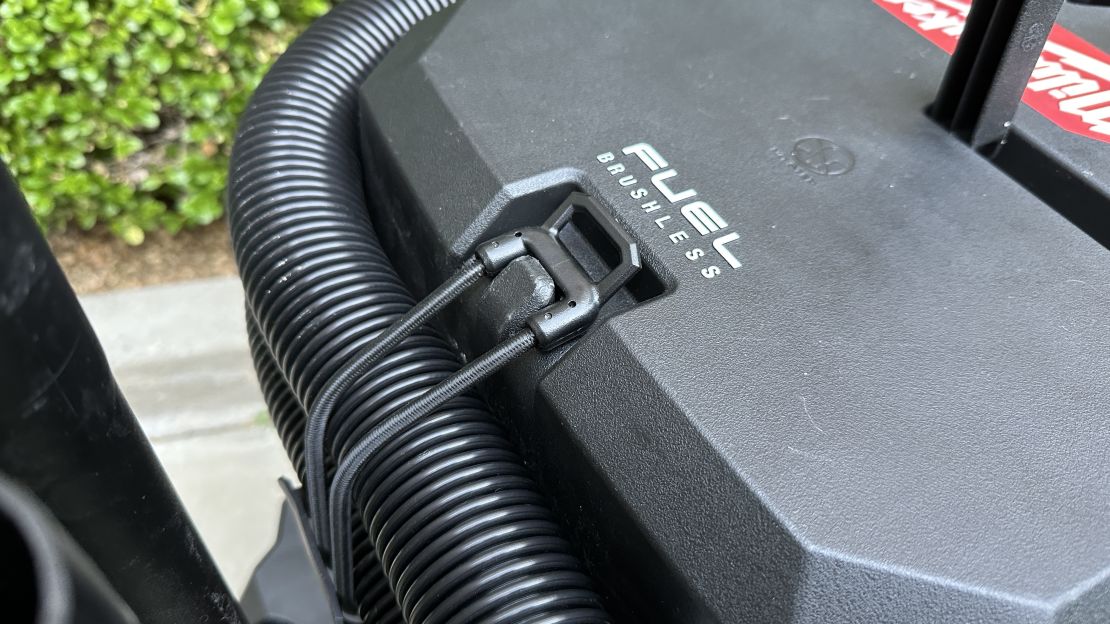
The hose of the Milwaukee M18 Fuel Cordless 6 Gallon is also flexible enough to operate comfortably and had a durable, strong feel to it. At 9 feet in length, it’s also longer than any other hose in my testing pool. Milwaukee also provides the necessary onboard storage to prevent this extra-long hose from turning into a frustrating mess during storage and transport. A hose clip on one side of the vacuum and a bungee cord hook on the rear keeps the hose snug and out of the way. Some Home Depot reviewers did have complaints about the long-term durability of this clip, although mine seems to be holding up fine after a few weeks of use. A small compartment holds the crevice tool and floor nozzle attachment, but the way they’re fitted inside requires you to remove one to access the other, which was a little frustrating to be honest. Two extension wands are stored on the back of the cart, and their rubber end rings keep them nice and tight.
The $500 price tag of the Milwaukee M18 Fuel 6-Gallon Cordless might be intimidating, but if you already have a collection of Milwaukee M18 batteries on hand, the tool-only version is just $200.
The best compact shop vac: Vacmaster Professional Wet/Dry Beast
$106 on Amazon
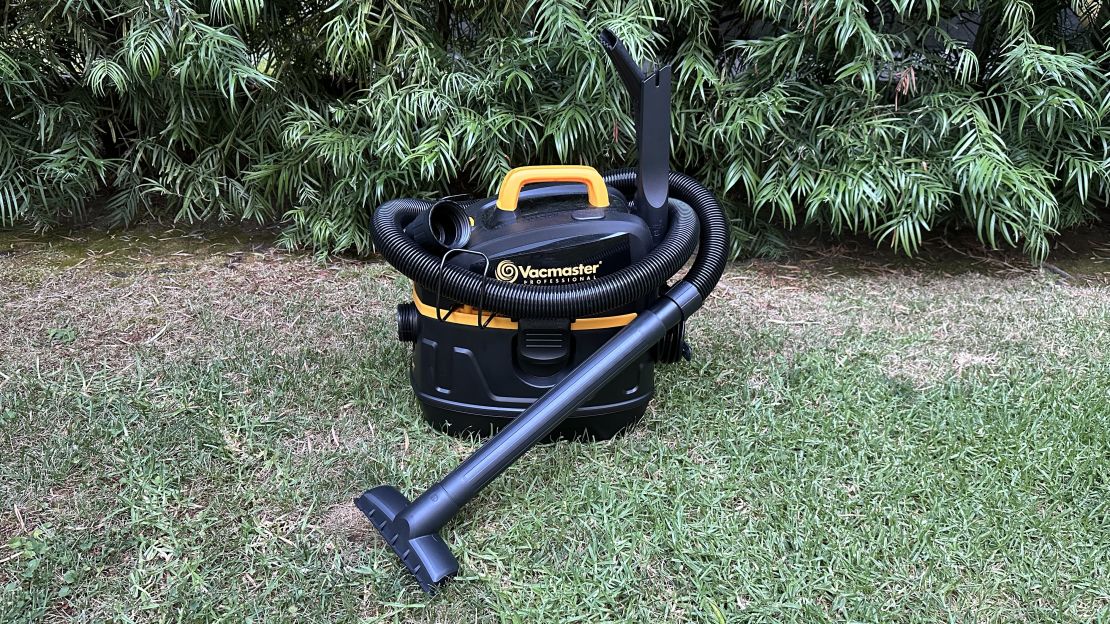
If you need the powerful suction and durability of a shop vacuum for tasks around the workshop or garage, but don’t have the space or need for a full-sized machine, the Vacmaster Professional Wet/Dry Beast is a great option. This 5-gallon unit has the capacity to handle a range of cleanup project sizes, generates an impressive 102 CFM of suction power and at just 13.5-pounds and 18-by-12-inches wide, it’s very convenient to transport and store.
My favorite feature of the Vacmaster Professional Wet/Dry Beast is its onboard storage design and how well it kept the hose and attachments secure and organized. Two curved metal brackets prevent the 7-foot hose from popping out while wrapped up, and circular slots on top of the unit secure the attachments. These include a useful variety of options, like a wide utility nozzle, narrow crevice tool, and flatter car nozzle for use on and between car seats. I would have liked to have seen a brush nozzle for upholstery or rugs, but that’s certainly not a deal breaker.
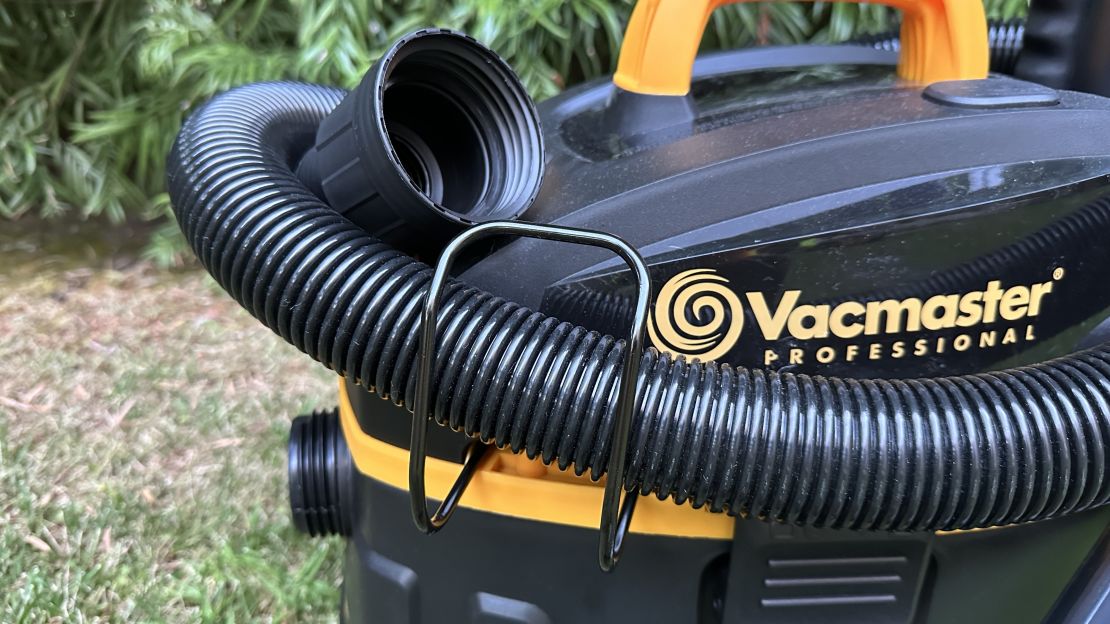
The Vacmaster Professional Wet/Dry Beast also features a cord wrap system on the rear of the unit, instead of the top where it can get in the way of the handle. This wrap has adjustable wings that flip inward, allowing you to pull the entire cord coil off at once instead of having to unwrap the entire thing. Considering that the Vacmaster Professional Wet/Dry Beast power cord is 18 feet long — the longest of any vacuum I tested — this user-friendly wrap is especially convenient.
The Vacmaster Professional Wet/Dry Beast also performed well in my suction tests, vacuuming 2 gallons of water in 10 seconds — about half as fast as our top full-sized pick, the Ridgid 12-Gallon NXT HD1200. It also sucked up my kitty litter and screw pile in just eight seconds and had no trouble handling the weight of the screws.
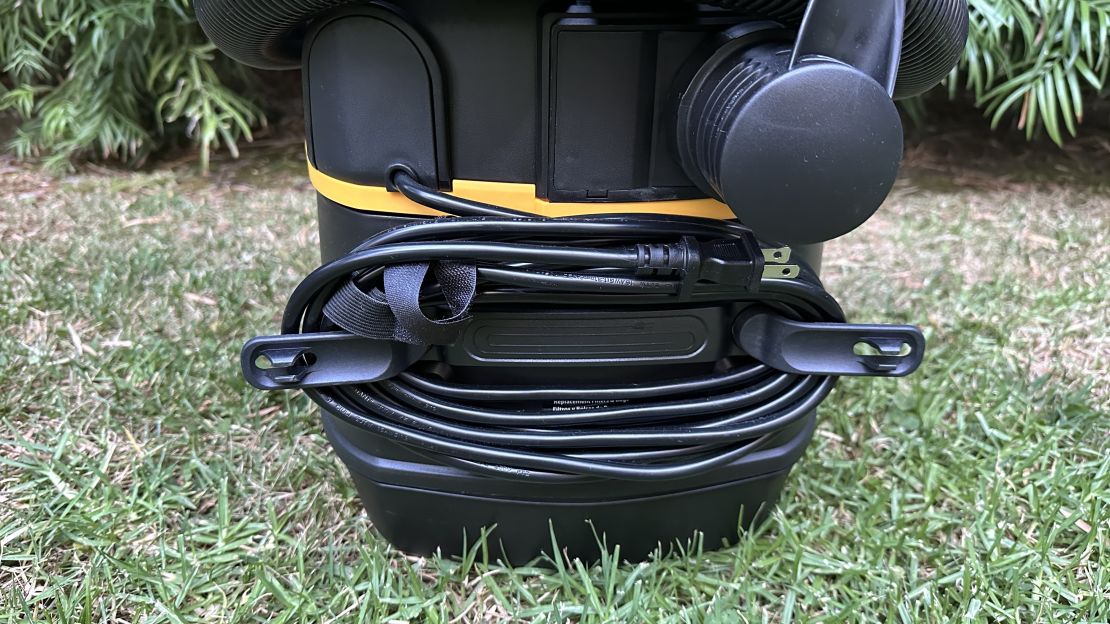
What stood out the most about the Vacmaster Professional Wet/Dry Beast was just how easy it was to move around. It’s really lightweight, the carrying handle is comfortable and has a balanced feel with the unit, and the organized onboard storage keeps everything tucked into a tight little package. Some might have an issue with its lack of wheels, but I personally didn’t miss them at all and found the flat-bottomed design much easier to set in the back of my car while vacuuming the interior and also to store on a shelf or on top of a table when I was finished with it.
The build quality of the Vacmaster is noticeably sturdy and lacked any ill-fitting components or flimsy parts. The 7-foot hose is flexible but strong, and the connections and the canister latches have a really nice, heavy-duty feel.
How we tested
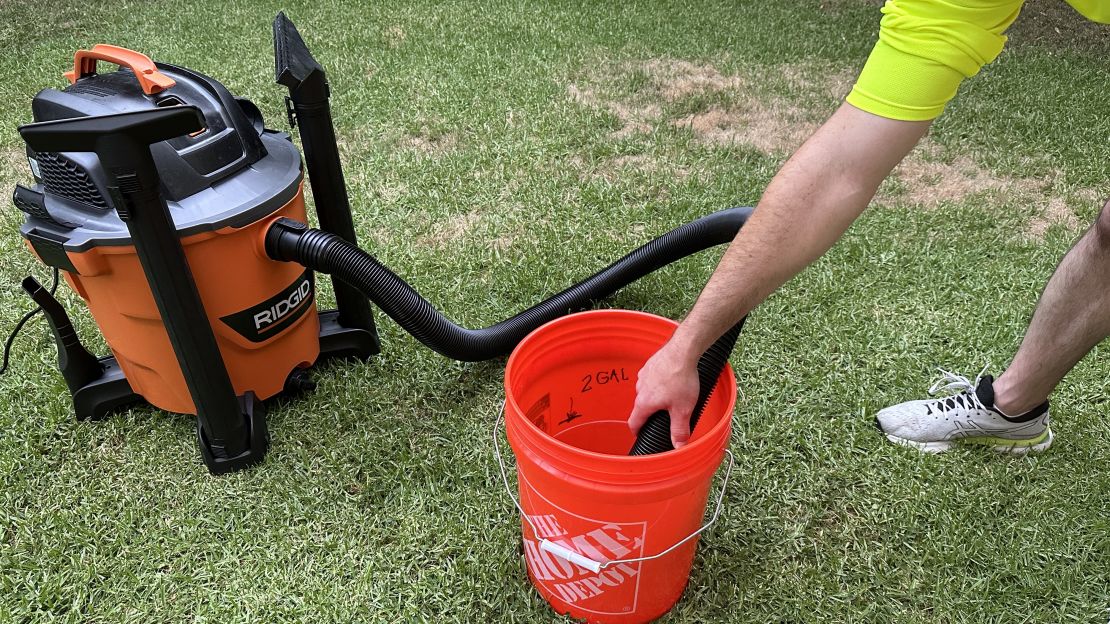
Since shop vacs have so many uses, we ran all 14 vacuums in our testing pool through a comprehensive process to get a better idea of how they stack up against one another on each task, as well as which ones are better suited to different uses.
Shop vacs are pretty straightforward machines, but since they’re typically used infrequently, and often in emergency situations where time is a factor, it’s important that they’re easy to use. Nobody wants to struggle with confusing latches, stuck battery covers or complicated hose connections when the dishwasher is leaking all over the hardwood floor. We compared each vacuum’s overall usability, noting how easy or frustrating any latches or handles were to operate, if their hose and attachments fit easily together, if any adjustments needed to be made to filter depending on the mess and if they offered a drain plug to quickly empty liquids.
Since shop vacs are likely to be used in harsh or rugged environments, I also judged each model on its overall durability and build quality. I examined the construction and material used on the latches and handles, the construction of the hose and the sturdiness of any wheels, storage elements, canister and lid. Throughout my testing, I bent and stepped on hoses, yanked on hose connections and knocked over vacuums on the sidewalk to try to expose any potential durability issues.
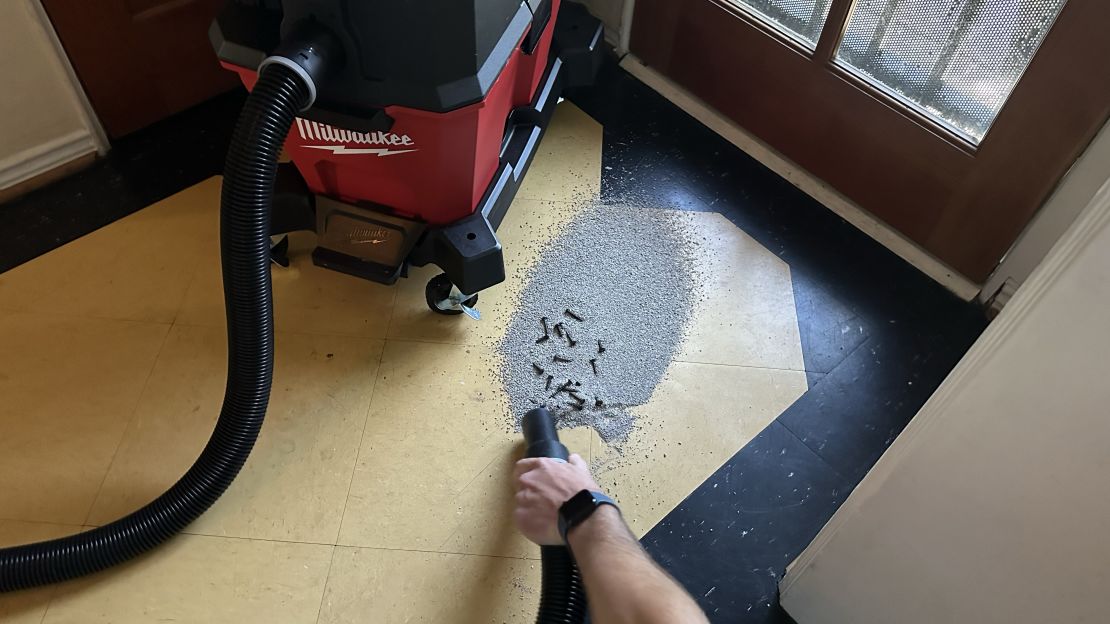
To accurately compare each vacuum’s liquid suction power, I filled a 5-gallon bucket with 2 gallons of water and timed how long each vacuum took to suction it out. It’s worth noting that since a shop vac’s advertised capacity isn’t exact, the smaller vacuums were unable to finish the entire 2 gallons before reaching their limit. This was still useful data, though, and gave a rough idea of their suction power as well as their maximum liquid capacity.
Then I performed a dry suction test, where I tossed a cup filled with kitty litter and metal screws across my kitchen floor and timed how long each vacuum took to clean up the mess. This test is less precise than the liquid test but still gave a good idea of suction power, especially if I noticed a vacuum struggling to pick up the heavier screws. For cordless models, I fully charged each vacuum’s battery and used it to continuously clean around the house and my car, recording how long the battery lasted before shutting off.
The type, size and quantity of a shop vac’s accessories make a big difference when it comes to functionality, so I made sure to note and compare each unit’s included attachments during these tests. I also evaluated how the vacuum handled storing these attachments and whether the design allowed them to fit securely in place or they were loose and easy to knock off.
Who needs a shop vac?
Yeah, they’re bulkier, arguably less attractive and less convenient to maneuver around than your stick vacuum, but when the dishwasher springs a leak, rainwater starts creeping into your home, you spill soda on the carpet or a tree limb crashes through your living room window, you’ll be glad you have a shop vac.
A shop vac is a key part of a well-stocked home emergency kit. A powerful wet/dry vacuum can scoop up significant volumes of liquid in the event of flooding, whether due to plumbing problems or a hurricane, preventing long-term moisture damage or mold growth. Shop vacs are also typically much more powerful and more durable than your regular household vacuum, so they’re able to suck up most any kind of material, like screws, nails, fine dust and other construction debris without damage. While shop vacs are also capable of sucking up broken glass, there can be safety concerns as well as damage done to certain vacuum parts, so make sure to do your research before proceeding.
Shop vacs are also more versatile than you might think. Most include at least two interchangeable attachment heads, and combined with their long hoses, they are perfect for cleaning out your car or RV. Inconvenient DIY tasks like emptying the water out of a toilet before replacement can be accomplished in no time at all. Plus, most shop vacs can also be run in reverse and used as a blower, which is great for clearing off dusty workbenches and even unclogging sinks and drains.
Considering their relatively low cost and super-durable construction, there’s really no reason not to buy a wet-dry vacuum.
How to choose the right shop vac for your needs
Shop vacs — or wet/dry vacuums — are available in a wide range of sizes — indicated by the gallon capacity of their canister — so make sure you choose the size that’s best suited for you and your intended job.
Higher-capacity models can contain a lot of material before needing to be emptied, are typically more powerful and have larger-diameter hoses that can suck up bigger pieces of debris.
Lower-capacity vacuums are more convenient to carry around and store when not in use and are more practical for those looking for an option to clean out their car or handle lighter-duty messes. Keep in mind that since the filter takes up a substantial amount of space inside the canister, the advertised gallon capacity shouldn’t be taken literally. This is more important to know for small-capacity models, since you might only be able to vacuum up 2/3 of the stated capacity before needing to empty it out.
Corded versus cordless is another factor to consider. Corded vacuums are limited to the range of their power or extension cord, but their unlimited runtime makes them perfect for all-day tasks. Just remember, unless you have a generator on hand, a corded wet/dry vac will be useless in the event of a power outage. Cordless battery-powered models are naturally more portable and convenient for use in areas that don’t have a power outlet nearby, like cleaning out your car, storage unit, RV or boat. Their limited runtimes make them impractical for long projects, but they do have the advantage of being able to function during a power outage.
You should also consider the type of attachments that would be most convenient for your task. If you’re looking for a wet/dry vac specifically for cleaning out your car, for example, look for a brush attachment for cleaning the dash without scratching or an upholstery head for your seats.
Other shop vacs we tested
Ridgid WD4070 4 Gallon
$100 at The Home Depot
This 4-gallon vacuum packs a lot of power into a small package, making it ideal for users who want to handle challenging messes but don’t have the need for a large-capacity canister. Unfortunately, the hose was stiffer than other Ridgid models I tested, and with no onboard hose storage, it was frustrating to wrap and organize. This results in a messy, disorganized profile that’s challenging to store, negating a lot of the benefits of choosing a compact option in the first place. I did find the accessory storage caddy convenient, though, and enjoyed accessing and switching out attachments without having to fit them into specific slots and compartments. The size and power of this unit could make it a great choice for automotive cleaning, especially for users who find that typical compact vacuums lack the power they need.
DeWalt DCV581H 2-Gallon 20-Volt Cordless/Corded Wet/Dry Vac
$444 $282 at Amazon; $195 $150 (tool only) at Amazon
Thanks to its hybrid cordless/corded design, this little vacuum can be used pretty much anywhere, and its compact size and light weight makes it a breeze to carry around. Even though I had 14 vacuums filling my house during testing, this is the model I found myself grabbing most often for quick cleanups. The exterior battery slot lets you quickly check the remaining power level, and the onboard storage system keeps the two attachments — a crevice tool and a wider utility nozzle — easy to access. The 6-foot hose is flexible and comfortable to work with, although I eventually found its storage clip to be a little loose and it popped out once or twice while hauling it around. It didn’t blow me away during the suction tests, requiring 10 seconds to suck up 1.75 gallons of water and 17 seconds to clean up my kitty litter and screw pile. However, the overall runtime demolished the competition, lasting for 40 minutes as I cleaned my car and home nonstop. If portability and reliability are your main priorities, and you don’t require a ton of power or storage capacity, this is an awesome choice.
Ridgid 14-Gallon NXT HD1400
$119 at The Home Depot
If the 12-gallon Ridgid isn’t beefy enough for you, this 14-gallon version has all the same great features with an extra 2 gallons of space. It’s shorter and wider, though, which is ultimately why we decided to go with the narrower 12-gallon model as our top pick overall. Nearly 20 inches wide, this vacuum requires some precision to fit through doorways. That said, the onboard storage caddy means you don’t have to store all the attachment on top of casters, which helps cut down on unnecessary bulk. Its powerful motor guzzled 2 gallons of water in just four seconds, and that combined with the squeegee wet nozzle and 2.5-inch diameter hose, makes this the ultimate option for those who want to be able to handle large-scale liquid cleanups. The casters also provided a noticeably smooth ride and made rolling it around the house and down the sidewalk a breeze.
Ridgid 3-Gallon 18-Volt Cordless Handheld NXT
$250 at The Home Depot
This 3-gallon Ridgid handheld vacuum impressed with its powerful 76 CFM suction and large rubber carrying handle. It also included one of our favorite attachments: a large, soft-bristled brush head. This brush head was perfect for running across the dashboard and touchscreen of my car without scratching, and the long bristles worked their way into the tiny nooks and crevices of the vents. It could only handle 1.5 gallons of liquid before needing to be emptied, though, compared to the 1.75 gallon liquid capacity of the technically smaller DeWalt DCV581H 20-Volt 2-Gallon. The 13-minute runtime was on the lower end as well, although I did appreciate how it maintained a strong suction for almost the entire time instead of slowly dying down.
Ridgid 3-Gallon Wet/Dry Shop Vacuum
$119 at The Home Depot
The corded version of the Ridgid 3-Gal 18-Volt, this model boasts more suction power than its cordless sibling, generating 100 CFM versus 76 CFM. Although the difference in airflow curiously didn’t affect the liquid suction test — both performed the same — it was apparent in the dry suction test, cleaning up my kitty litter and screws five seconds faster than the cordless model. Other than that, these versions are practically identical, featuring the same soft-bristled brush attachment I enjoyed so much, as well as an interesting “dustpan” feature. This narrow, suction-powered slit across the end of the vacuum sucks up any small dust and debris that you sweep toward it, which I found to be effective when cleaning up after my kitty litter tests.
Armor All AA255 2.5-Gallon Utility Shop Vacuum
$72 $53 on Amazon
If you’re more interested in using your wet/dry vac for smaller-scale, detailed cleaning projects, look no further than the Armor All AA255 2.5-Gallon Utility Shop Vacuum. This compact unit boasts a versatile collection of five attachments and a 6-foot hose, making it ideal for interior automotive use. I found the two brush heads especially useful when cleaning my own car during testing. I used the 6-inch-wide brush across my dog-hair covered seats, and the tiny 1.5-inch detail brush to access nooks and crannies around the dash and vents. These attachments each have their own dedicated storage slot and, apart from the hose clips that weren’t as tight as I’d like, are snug enough to keep everything in place when it’s time to pack it up. This vacuum is also powerful and rugged enough for heavier-duty jobs and gave an impressive performance in my liquid suction test, sucking up 1.5 gallons in just seven seconds before hitting capacity. At just 7 pounds, this vacuum is also the lightest option in our testing pool.
Stanley SL18910P 3-Gallon Wet/Dry Vacuum
$64 $60 on Amazon
If you’re just looking for a low-budget, compact vacuum that’s easy to transport and store, this Stanley model is a great option. A sturdy carrying handle and low 8.6-pound weight contributes to its overall portability, and the onboard storage is well-designed and useful. Although the 4-foot hose is the shortest in our testing pool, the unit is so lightweight and convenient to carry that a lack of reach isn’t really an issue. In fact, this short hose contributed to the minimal, hassle-free design of the vacuum and made it really convenient to stow away when I was finished. The 3-in-1 crevice nozzle was the standout feature, with a reversible head that provides both a stiff brush and soft upholstery end for car detailing. This vacuum finished dead last in our liquid suction test, though, and could only store 0.75 gallons of water before shutting off.
Shop-Vac 5-Gallon 5989300
$117 on Amazon
Despite the well-known brand name, this vacuum disappointed in both quality and usability. The plastic handles, latches and hose felt cheap and flimsy, and the small, office-chair-style casters were inferior to those of every other option I tested. The accessory caddy is also mind-bogglingly positioned in front of the power cord wrap, making it impossible to use both at the same time. It does provide a decent amount of suction power, though, performing about the same as the 5-gallon Vacmaster Professional Wet/Dry Beast. If a 5-gallon vacuum is what you’re after, the Vacmaster is superior in every way and costs about $20 less.
Ryobi Cordless 40-Volt Wet/Dry Vacuum
$299 at The Home Depot
This 10-gallon Ryobi machine is the largest battery-powered model we tested, and although it looks similar to full-size corded options, fell short in a few areas. First, its casters are extremely small and thin, and rolling it across anything except smooth flooring was noticeably more challenging than any other wheeled model. The hose was also a bit cheaper feeling than the similarly sized Ridgid units. That being said, the rest of the vacuum has a solid, heavy-duty feel — apart from wheels — and I didn’t notice any other durability or quality issues during testing. I was impressed with its suction power too, vacuuming 2 gallons of water in just five seconds and clearing up my dry kitty litter and screws in about 10 seconds. I clocked the runtime of the included 4.0-amp-hour battery at 15 minutes on high and 25 minutes on low, so it’s probably not going to be ideal for all-day jobs.
Milwaukee M18 FUEL 2.5-Gallon Packout
$369 at The Home Depot
Unlike the wider footprint design used for most compact cordless vacuums, the Milwaukee M18 FUEL 2.5-Gallon Packout opts for a taller profile, which is naturally more comfortable to carry around without banging into your legs. This shape is also ideal for storing on a shelf or workbench, and since the handle folds completely out of the way, other items can be placed on top. Heavy-duty metal latches secure the lid — with the battery and two attachments stored inside — and the recessed hose storage keeps it completely out of way when not in use. It packs a decent amount of power, performing just as well as other similarly sized cordless vacuums, although the narrow, full-length handle was less comfortable to grip than other models that used wider, rubber-coated handles. At $370, this is an expensive option, but if you’re a Milwaukee fan and want to add to your M18 collection, it’s a great option.
Greenworks 40-Volt 3-Gallon Wet/Dry Cordless Vac
$200 on Amazon
This Greenworks machine has a really thick, sturdy construction, with no clear flimsy or poor-quality components. The 7-foot hose has a great flexibility to it too, although it didn’t fit as snugly as I would have liked into its storage area. The magnetic closure of the attachment compartment lid was especially impressive, as opposed to the flimsy lids or frustrating latches I found on other units. It sucked up 1.75 gallons of water in 10 seconds in my liquid suction test, and it quickly and powerfully handled my dry suction test of kitty litter and 3/4-inch screws with no trouble at all. Its 12-minute runtime ultimately kept it out of our top pick, as well as the overall size, which was 2 inches wider than the Ridgid 3-Gallon 18-Volt Cordless Handheld Wet/Dry Vacuum.
